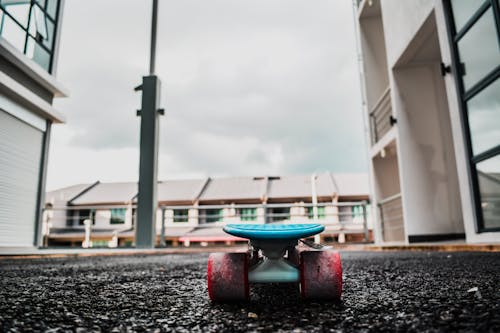
Care Packs are small packages that come with a limited number of products that are typically very useful. Care Pack companies send these packs directly to consumers free of charge, with the understanding that they will sell the product or give it away in order for you to benefit from their product. The packages usually include at least one manual and at least one product. Most packages do not include shipping costs and handling charges. Because they are very useful, many individuals find themselves purchasing more than one Care Pack in order to have the ultimate medical care prepared for when they become ill.
Many insurance companies offer different package deals and discounts for Care Packs that come with an extended warranty or with a post-warrant repair plan. Some companies have higher rates starting at 3 years and some rates starting at six months. These rates can change dramatically when you go to the different insurance carriers.
The contents inside many care packs vary greatly depending on the company that you purchase them through. Some insurers provide a prepaid actual travel charges card while others do not. In addition, there are some insurance carriers that only offer policies that cover the replacement or repair of defective media retention material, which include pillows, neck pillows, mattress covers, foam pillows, etc.
The majority of care packs are shipped as a single replacement item. This makes them very easy to integrate into your healthcare organization’s processes. Once integrated, the software automatically downloads the new application and includes new updates to the defective media retention part of the software.
When you are purchasing a Care Pack, there are a few important things that you need to consider in order to be fully prepared for what your package actually contains. For example, you should know the product coverage options offered by each insurance carrier and know the cost of all covers shipping costs. You should also have knowledge about the specific types of repairs covered by each insurance carrier, how those repairs will be paid for, and if any of those repairs could void your coverage under your warranty. For example, if you purchase a Care Pack that only covers the LCD screen replacement, you will need to purchase additional coverage that covers anything else that is damaged by the faulty LCD screen.
Insurance carriers differ as to what repairs and replacement services are covered within their policies. Some carriers will only cover for parts and labor, while others will cover for both. Therefore, it is essential that you ask your vendor whether any parts or labor are included in the price of your Care Pack. In addition to this, you should also ask your vendor if they have remote technical assistance or if remote technical assistance is available for an extra fee. In most cases, these services are usually available for an extra charge and are billed on a monthly basis. If your vendor does not offer remote technical assistance, then you should ask them about their extended warranty coverage.
Most extended warranties contain provisions that allow them to pay for repair or replacement services for an entire lifespan, which means that you will not have to pay for repairs for an “additional” or “limited time” under your original warranty, provided that the repairs or replacements were carried out at the close of business on the date that your Care Pack was purchased. In addition, most extended warranties require that you notify the insurer of any problems with your device within the first sixty days that you own the product. Failure to do so, on the other hand, may void your entire Care Pack agreement. Similarly, the Care Pack agreement may not apply if the problems are caused by circumstances beyond your control, such as damage caused by vandalism, a natural disaster, or any act of God.
Care Pack coverage options vary widely from one company to the next. To determine what exactly your Care Pack coverage options include, contact your vendor and/or representative, or conduct online research to determine what the typical range of coverage options are for your Care Pack model and type. Care Pack coverage may also vary according to whether you need coverage for accidental damage, theft protection, or both, and to how much coverage you desire. Onsite damage coverage, however, will typically be the most expensive component of an extended Care Pack warranty, due to the elevated costs of repair of your device following an accident. Fortunately, additional coverage options, such as accidental damage and theft protection, are available from many Care Pack companies.


